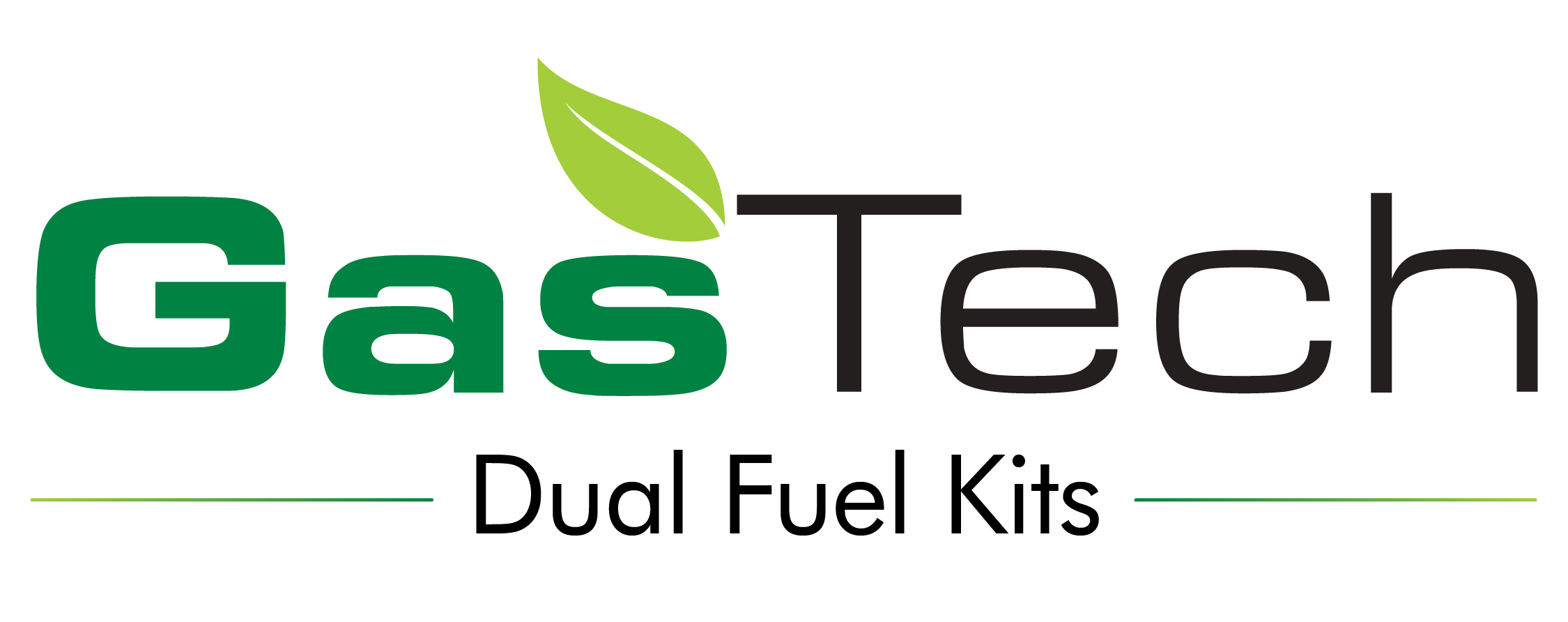Frequently Asked Questions
Frequently Asked Questions
- Natural gas is a green fossil fuel causing least amount of air pollution especially compared to Diesel.
- It can be used for power generation, industrial burners, transportation and cooking.
- Due to the demand supply situations, prevailing and forecasted for long times to come, Natural Gas is always expected to remain cheaper than the Diesel, globally, and particularly in India.
- This is a niche business and is too small for OEMs to evaluate it in depth and give us such a certification.
- Further, it is in conflict with their gas engines business and hence such certifications are impractical.
- Natural gas is colourless and odourless.
- Natural gas is primarily methane, with small amounts of other hydrocarbons.
- Natural gas is non-toxic.
- Natural gas is lighter than air; if it escapes, it will rise and dissipate.
- Natural gas is clean-burning; when burned with the proper amount of air, it produces heat, carbon dioxide and water vapour.
- NG – Natural Gas
- PNG – Piped Natural Gas
- CNG – Compressed Natural Gas
- LNG – Liquified Natural Gas
- SCM – Standard Cubic Meter
- CNG Measured in KGs
- PNG Measured in SCM
- 1 KG of CNG = 1.4 SCM
Upto 92% of Methane and a small percentage of other higher hydrocarbons.
- Mercaptan, the harmless chemical that is added to natural gas, contains sulfur, which makes it smell. Many people describe the odor of mercaptan as similar to rotten eggs. When mercaptan is added to natural gas, it rises and dissipates much like the gas itself, making the two substances ideal companions.
- Mercaptan is added to natural gas, to help you detect even the smallest amount of natural gas leaking into the air. In its native state, natural gas is odorless, colorless and tasteless.
The amount of heat produced by the complete combustion of a material or fuel. It is measured in units of energy per amount of material, e.g. BTU, SCM, Joule etc.
- Diesel : 10700 Kcal/Kg
- Natural Gas : 9880 Kcal / SCM
- Natural gas burns with virtually no large particulate residues (unlike diesel which produces carbon particles during combustion), cylinder liner and ring wear are reduced and lubricating oil is kept cleaner during dual fuel operation. This leads to longer average intervals between engine overhauls. In addition, the clean burn characteristics of natural gas decrease engine wet-stacking at lighter loads and prevent the build-up heavy carbon deposits in the combustion chamber and exhaust system.
Dual fuel operation will typically reduce production of nitrogen oxides, Sulphur oxides, reactive hydrocarbons, Carbon dioxide and particulates. The exhaust opacity levels are reduced.
Engine heat rejection rates while operating in dual fuel mode are largely similar to 100% diesel performance. The engine exhaust gas temperature, coolant temperature, oil temperature and intake air temperature levels remain within the limits set by the engine manufacturer.
- Because that is how the technology is.
- We need some diesel to start the ignition and then the gas in the mixture ignites with that.
- 100% Gas usage makes the engine a gas only engine which requires spark plugs like petrol engines for ignition.
- While it is a fact that the gas burns at a higher temperature raising the exhaust temperature, it is well within the tolerance limits of the engine as specified by the manufacturer.
- Further, the Dual Fuel Kit controller has safety features built into it to shut out the gas if the temperature starts rising abnormally. Some of the engines converted by us nearly 16 years ago are still running with the Dual Fuel kits and not only do not have any other maintenance issues but also have never had to shut down the as because of temperature rise.
- On the other hand, in many cases the maintenance agencies after seeing the performance and economy with our kits have approached us for partnerships and several of them are working closely with us.
In your case also we can refer Maintenance agencies who will be glad to accept the business after conversion.
In many cases those who have not upgraded with the latest technologies available in the market provide advice which needs to be reviewed critically in one’s own interest.
- From our past experiences and your past use data shared with us we estimate the HSD/Gas usage to be in the 30/70 at best and 50/50 at worst.
- The above ratios are based on equivalent quantities of the fuel. 1 Ltr. of HSD = 1 SCM (Standard Cubic Meter) of Natural Gas. Both have equal calorific values.
GasTech DFK can be retrofitted only on engines with 1500 RPM.

